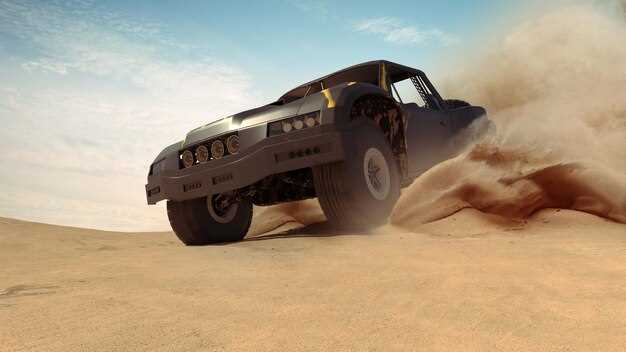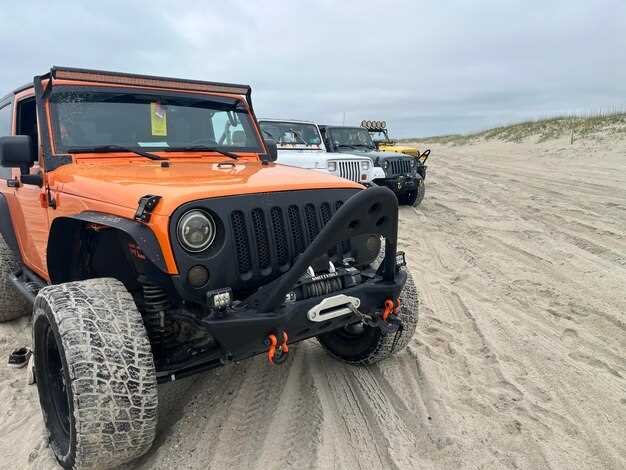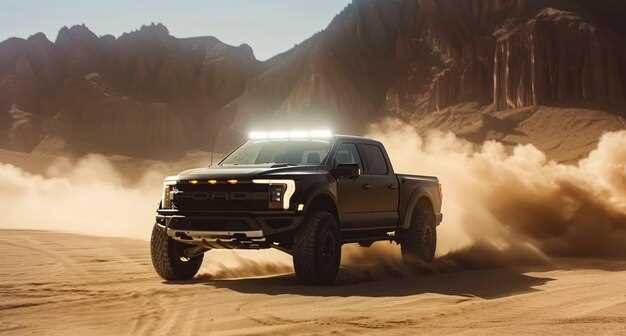
The Ford Bronco Sport and Jeep Cherokee are two prominent players in the compact SUV segment, each with its own set of unique features and capabilities. As outdoor enthusiasts look for vehicles that can handle both daily commutes and rugged terrains, understanding the strengths and weaknesses of these models becomes crucial. This comparison guide aims to provide an in-depth look at both options, highlighting their performance, interior comforts, and off-road capabilities, so you can make an informed decision.
The Bronco Sport brings a sense of adventure with its bold design and impressive ground clearance, marking it as a true sport utility vehicle. With standard all-wheel drive and a robust suite of off-road features, this SUV is engineered for those who seek thrills beyond the pavement. In contrast, the Jeep Cherokee offers a more refined ride with its classic styling, advanced technology, and a reputation for reliability. While both vehicles cater to the needs of adventurous drivers, they do so with their own distinctive approach.
In this guide, we will delve into a head-to-head comparison, assessing how the Bronco Sport stacks up against the Jeep Cherokee across various parameters. From engine performance to cargo space and tech features, we will leave no stone unturned. By the end, you will have a clearer picture of which SUV aligns with your lifestyle and preferences, whether you prioritize rugged capability or everyday comfort.
Performance Metrics: Off-Road Capabilities of Bronco Sport vs. Cherokee

The Ford Bronco Sport and Jeep Cherokee are both designed for adventure, with impressive off-road capabilities tailored to different types of outdoor enthusiasts. When comparing their performance metrics, several key aspects come into play.
The Bronco Sport features a terrain management system with up to seven different drive modes, including Sand, Mud/Ruts, and Rock Crawl, which enhances its adaptability across diverse conditions. With a ground clearance of 7.8 inches and an impressive approach angle of up to 30.4 degrees, the Bronco Sport can tackle obstacles more effectively. Its available 4×4 system, with options for locking differentials, further elevates its off-road performance.
On the other hand, the Jeep Cherokee is equipped with the Jeep Active Drive system, which provides seamless transitions between 2WD and 4WD, ensuring optimal traction on various surfaces. Its Selec-Terrain traction management system offers multiple modes such as Snow, Sand/Mud, and Rock, allowing drivers to customize their driving experience. The Cherokee’s ground clearance ranges from 7.9 inches to 10.8 inches, depending on the trim, giving it an edge in navigating rugged terrains.
Another critical factor is power. The Bronco Sport offers a 2.0L EcoBoost engine producing up to 245 horsepower, allowing it to handle steep inclines and challenging trails with ease. In comparison, the Cherokee’s 3.2L Pentastar V6 engine generates 271 horsepower, providing ample power for off-road excursions. However, fuel efficiency in the Bronco Sport’s EcoBoost engine might appeal to drivers seeking a more economical option in addition to performance.
When examining approach, departure, and breakover angles, the Bronco Sport presents a competitive advantage with its off-road-focused design, while the Cherokee maintains well-rounded capabilities that make it versatile for both on-road and off-road adventures.
Ultimately, choosing between the Bronco Sport and the Cherokee depends on specific off-road needs. The Bronco Sport is ideal for enthusiasts wanting rugged capability, while the Cherokee offers a balance of power and comfort for versatile driving experiences.
Interior Comfort and Technology: User Experience in Ford Bronco Sport and Jeep Cherokee

The Ford Bronco Sport and Jeep Cherokee offer distinct user experiences in terms of interior comfort and technological advancements. The Bronco Sport emphasizes a rugged, outdoor-oriented aesthetic, featuring durable materials that can withstand the rigors of adventure. Its cabin layout is functional, with ample headroom and legroom for all passengers, making it suitable for extended journeys. The availability of adjustable seating options adds to the comfort level, allowing customization to enhance the driving experience.
In contrast, the Jeep Cherokee leans towards a more refined and upscale interior design. The use of high-quality materials and soft-touch surfaces provides a luxurious feel. The Cherokee’s seats are notably comfortable, with available features like heating and ventilation that enhance passenger enjoyment during varying climates. Furthermore, the cabin is designed with sound insulation to minimize outside noise, creating a quieter ride.
When it comes to technology, the Ford Bronco Sport is equipped with Ford’s SYNC 3 infotainment system, which is user-friendly and supports both Apple CarPlay and Android Auto. The touchscreen interface is intuitive, and the available premium audio system allows for an engaging auditory experience. The Bronco’s technology package also includes various off-road navigation tools, catering to those who thrive in outdoor environments.
The Jeep Cherokee, on the other hand, includes the Uconnect infotainment system, well-known for its responsiveness and ease of use. The screen options vary, with larger displays available for those who prefer a more expansive view of navigation and media controls. The Cherokee also integrates advanced safety features, such as adaptive cruise control and lane-keeping assist, enhancing the overall driving confidence.
In summary, both the Ford Bronco Sport and Jeep Cherokee excel in providing a comfortable interior and modern technology. The Bronco Sport focuses on rugged functionality tailored for adventure enthusiasts, while the Cherokee delivers a more sophisticated and quiet environment suited for everyday driving. Ultimately, personal preferences will dictate which vehicle’s user experience aligns better with individual needs.
Cost Analysis: Pricing, Maintenance, and Resale Value Comparison
When evaluating the Ford Bronco Sport and the Jeep Cherokee, cost is an essential factor that influences buyers’ decisions. Both vehicles cater to outdoor enthusiasts and families, but their pricing structures differ significantly.
The starting price for the Ford Bronco Sport typically falls in the mid-range segment for compact SUVs, making it a competitive option in its class. On the other hand, the Jeep Cherokee often presents a higher base price, particularly in its more advanced trims filled with off-road capabilities and luxury options. Buyers should weigh their budget against the features offered, as both vehicles provide various trims that can significantly alter the total purchase price.
Maintenance costs are another critical consideration. The Ford Bronco Sport is known for its relatively reliable performance, which may translate to lower long-term maintenance expenses compared to the Jeep Cherokee. The Bronco’s straightforward design can lead to fewer issues and reduced service needs. Conversely, while the Jeep Cherokee offers robust off-road capabilities, its complex drivetrain options may result in higher maintenance costs over time.
Resale value is also an important aspect of the overall cost analysis. The Ford Bronco brand has experienced a resurgence in popularity, which positively affects its resale value. The Bronco Sport is likely to hold its value well, especially as enthusiasts continue to seek out sporty and rugged vehicles. The Jeep Cherokee similarly retains value, but its long-standing reputation can vary based on the model year and specific features. Overall, both vehicles have solid resale potential, but the emerging appeal of the Bronco Sport might give it a slight edge in certain markets.
In conclusion, both the Ford Bronco Sport and the Jeep Cherokee present distinct advantages related to pricing, maintenance costs, and resale value. Buyers should consider their personal needs and preferences, as well as long-term ownership costs, when making their final decision.



